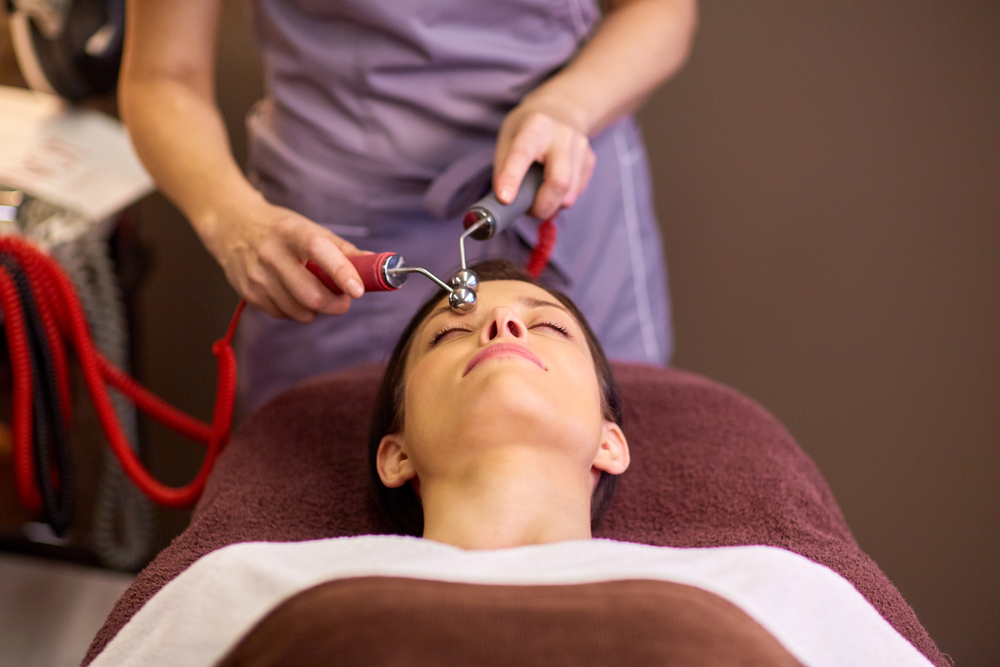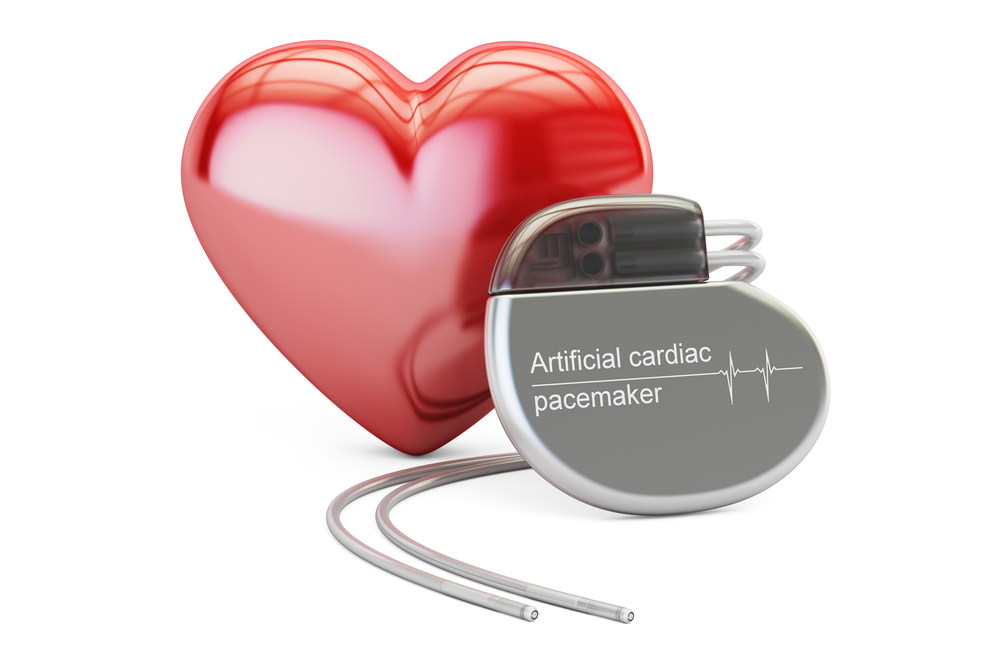Microtok reflexotherapy (MTR) is a sufficiently young and at the same time, a claimed method of treatment, permitted by the Ministry of Health of the Russian Federation for the rehabilitation of children and adults. It was developed in 1994 and was introduced into the clinical practice by the doctors of the Samara Rehabilitation Center "Recoder". Currently, microcker reflexotherapy is used in many rehabilitation, neurological and speech therapy medical institutions of the Russian Federation.
History of the appearance of the method
The basis of microcompute reflexotherapy is acupuncture and electrical treatment. They relate to the percage methods of therapeutic and adaptation impact on the functional state of various structures and systems of the human body.
Acupuncture is the reflexotherapy with a centuries-old history in China, it underlies acupuncture (needleflexotherapy) and a number of other techniques. At the same time, the specialist produces a functional impact on certain biologically active points of the human body. As a result, the so-called channels and meridians are stimulated, they are traditionally 12 pieces. Some of them coincide with the direction of blood circulation and lymph, others combine major muscle-tendon zones or correspond to segmental innervation zones. In European countries and America, this technique was used before the beginning of the XX century.
In 1913, the work of the American scientist and the ENT doctor William Fitzzhalda was published, which became the basis for the development of modern reflexotherapy. It indicated the possibility of reducing the severity of pain syndrome and improving the functional state of the internal organs. W. Fitzherald, together with Edwin Bauers, developed the first theory of reflexology and amounted to a map of the human body zones. This work was continued by American Dr. Rilam. And the second wave of interest in reflexology was noted in the 30-40s of the XX century.
In the USSR, this therapeutic technique was actively developed and was introduced into clinical practice since 1960. Simultaneously with the expansion of indications for the use of reflexology, it was to search for new more efficient and predictable ways of exposure to biologically active points. From the end of the 80s, the development of the electroakapuncture technique has begun. Several patents of inventions related to this area were issued.
The first copyright certificate of the prototype of modern equipment for the electroakapuncture was obtained in the Russian Federation in 1990. Previously, patented devices did not find wide use. In subsequent years, more advanced devices have been developed, which make it possible to conduct in safe mode the search for acupuncture points and the diagnostics of their state, carry out several variants of therapeutic effects.
In 1994, microcurrent reflexology received clinical application: it was introduced into the list of therapeutic procedures of the Samara Rehabilitation complex "Recoder". This technique has repeatedly passed clinical studies and approbations in various major medical institutions of the Russian Federation. All of them confirmed its effectiveness, safety and prospects. In 2004-2010, testimony was actively expanded to conduct microcompute reflexology, such research work does not stop at present.
Benefits of the method
The main advantages of microcompute reflexotherapy:
- painlessness, even breast-age children do not experience significant physical discomfort;
- the absence of fear of the procedure, which is non-invasive and is not accompanied by the use of frightening baby tools or needles;
- the absence of the destruction of biologically active points (in contrast to acupuncture), which retains the effectiveness of repeated effects;
- the possibility of conducting the procedure in different modes, with selective stimulation or braking of certain structures of nervous and muscle systems;
- fixing individual indicators of acupuncture points during each session, which allows to analyze and dynamically control the treatment process.
Microtok reflexology does not lead to increased discomfort experienced by the patient and is well tolerated.
How does microtok reflexotherapy

Currently, several Roszdravnadzor registered by Roszdravnadzor applies to the Russian Federation for microcomponse reflexology: "MEX" and "BIORS". They have some constructive features, but do not differ on the principle of operation. These are software and hardware complexes that allow you to search and diagnose acupuncture zones, analyze the information obtained and select the necessary mode of therapeutic impact.
Before the treatment began, the patient necessarily undergoes a survey, including generally clinical analyzes, EEG, assessing the film of the Eye DNA, inspection of the therapist and neurologist. If necessary, other laboratory and instrumental methods of examination, consultation of a psychologist, psychiatrist, speech therapist are prescribed. This is necessary to evaluate the overall condition of the body, identifying contraindications, determining the nature and severity of existing psycho-neurological disorders.
With microtonal reflexotherapy, each patient is individually selected the therapeutic scheme. During one session, the impact can be directed to various structures:
- on groups of biologically active points connected with each other at various parts of the body and head;
- on the field of skin projections of certain sections of the cerebral cortex;
- on the neuroreflector zones with the secondary inclusion of the spinal cord motionones;
- on trigger points of spastic muscles.
The procedures use standardized civane electrodes connected to the generator of ultra-low electrical pulses of permanent alternate current. The reflexology doctor touches them to the skin of certain zones in accordance with the chosen impact scheme. The sensations experienced at the same time do not reach the painful threshold and often do not even attract patient's attention. Applications of painkillers are not required.
One rehabilitation course of microcompute reflexology usually consists of 15-20 daily sessions, each of which lasts 30-60 minutes. It is recommended a combination with other physiotherapy techniques, the use of drugs with different ways of administration, speech therapy occupations, medical physical education and other methods of rehabilitation of patients with chronic neuropsychiatric and somatic disorders. An exception is electromagnetic treatment: it cannot be carried out simultaneously with microcompute reflexology.
Who is shown MTRT
The range of use of microcompute reflexotherapy is quite wide. It practically does not have restrictions on age and can be used in adults and children over 6 months. And some specialists use this method for the treatment of babies from 2 months of age.
Mtrib can be included in the rehabilitation program at the following states:
- - all the main forms of the disease (with spastic paralysis of the limbs, diplegegia, hyperkinosis, atonic-astatic syndrome, psychorette defects);
- the consequences of the perinatal pathology of the CNS with hypertensive-hydrocephalus syndrome, delay in psychorette and motor development, muscular dystonia syndrome;
- open form;
- the consequences of the natal injury of the cervical spine with a variety of motor and sensory disorders of the spinal level;
- the state after the injuries of the head and spinal cord, and post-glacial complications;
- delay in psychomotor development of a child due to Down syndrome and other genetic diseases;
- alalia, VRP, SPRP of various origin and severity;
- autistic syndrome;
- hypermatibility syndrome and attention deficit;
- neurotic disorders with different symptoms;
- neurosensory hearing loss, partial atrophy of the optic nerve;
- enuresis;
- specific violations of the formation of educational skills, which is most often associated with dysfunction of certain zones of the cerebral cortex and can manifest itself diskligraphy, dyslexia;
- recovery period after severe injuries, including sports.
In most cases, microcurrent reflexology is used to rehabilitate preschool and primary school children with various chronic neuropsychiatric disorders.
What is the impact on MTR

Used ultra-low electrical impulses do not have an irritant or destructive effect on nervous structures. They contribute to the harmonization of the work of neuromuscular synapses, help to achieve a balance between the processes of excitation and braking in the central nervous system, improve the functioning of various cortical centers, cerebellum and subcortical structures. It is possible a slight decrease in the level of intracranial pressure by optimizing the operation of vascular plexuses.
MTR can be used for reflexive relaxation of spastic muscles, stimulating parethous muscle groups and activating the functioning of the cerebellum, reducing the severity of synclosis and pathological facilities of the limbs at cereals. This technique is also shown also to stimulate cognitive and speech zones of the brain, reduce the muscle tone in the articulation apparatus and reduce the severity of the pseudobulbar syndrome.
The result of the CMTR courses in the child may be the expansion of the vocabulary (or activation of the humoring and lepture in children of the first year of life), improving the diction and understanding of speech, the appearance of the skills of building complex grammatical structures, accounts and readings. The positive effects of treatment also include a decrease in hypersion, improving the smoothness and coordination of movements, harmonization of the impaired muscle tone, reducing pain syndrome. Parents can note the child's expansion of small and large motility. Children with behavioral disorders are noted the rise of the level of socialization, improving trainee, the leveling of neurotic and hysterical symptoms.
Contraindications

Contraindications for conducting sessions of microcompute reflexology are:
- severe and combined concomitant somatic pathology in the decompensation stage;
- implanted patient pacemaker;
- confirmed or even alleged malignant neoplasm of any localization;
- acute infectious disease or exacerbation of a chronic infectious-inflammatory in the patient, even if the patient's condition is closer to satisfactory;
- severe mental disorders accompanied by psychomotor initiation and violations of the psychotic level;
- pregnancy of any term;
- pronounced shortage of body weight (cachexia) of various origin;
- alcohol or narcotic state in a patient.
Mtr is not prescribed if the child needs a speedy operational treatment for hydrocephalic syndrome or other neurological states. All rehabilitation activities are postponed before stabilizing the patient's condition.
And the EEG signs of increasing the convulsive readiness of the cerebral cortex are not contraindicated for the use of MTR. Initially, patients with such states were not conducted with such states, but subsequently studied the safety and sufficient effectiveness of such treatment to persons with a tendency to convulsive and dismissed sections. Currently, such patients with microcurrent reflexology are carried out on the background of selected anticonvulsant drug treatment. At the same time, the reflexotherapist avoids stimulation of zones in the projection of convulsive foci in the brain.
What is important to understand when carrying out MTR
Microtok reflexology does not apply to potent treatment methods and is usually not used as monotherapy. And you should not expect a miraculous and quick effect from several sessions. To achieve a clinically significant resistant effect, at least 3-5 complex rehabilitation courses are usually required.
In addition, MTRT cannot replace drugs prescribed by neurologist with nootropic, neurotrophic, miorylax, anxiophic, diuretic and other effects. The use of such drugs is not a contraindication for rehabilitation. But at the time of the start of reflexotherapy, the patient must be on an individually selected supporting therapy scheme. A clinically significant deterioration in the state of the patient or the appearance of new symptoms during the rehabilitation course is the basis for re-consulting the attending physician.
So, microcurrent reflexology is a modern and continuing method of rehabilitation of patients with various neuropsychiatric disorders.
STK "REACENTR", Specialist talks about the effects of microtonal reflexotherapy:

